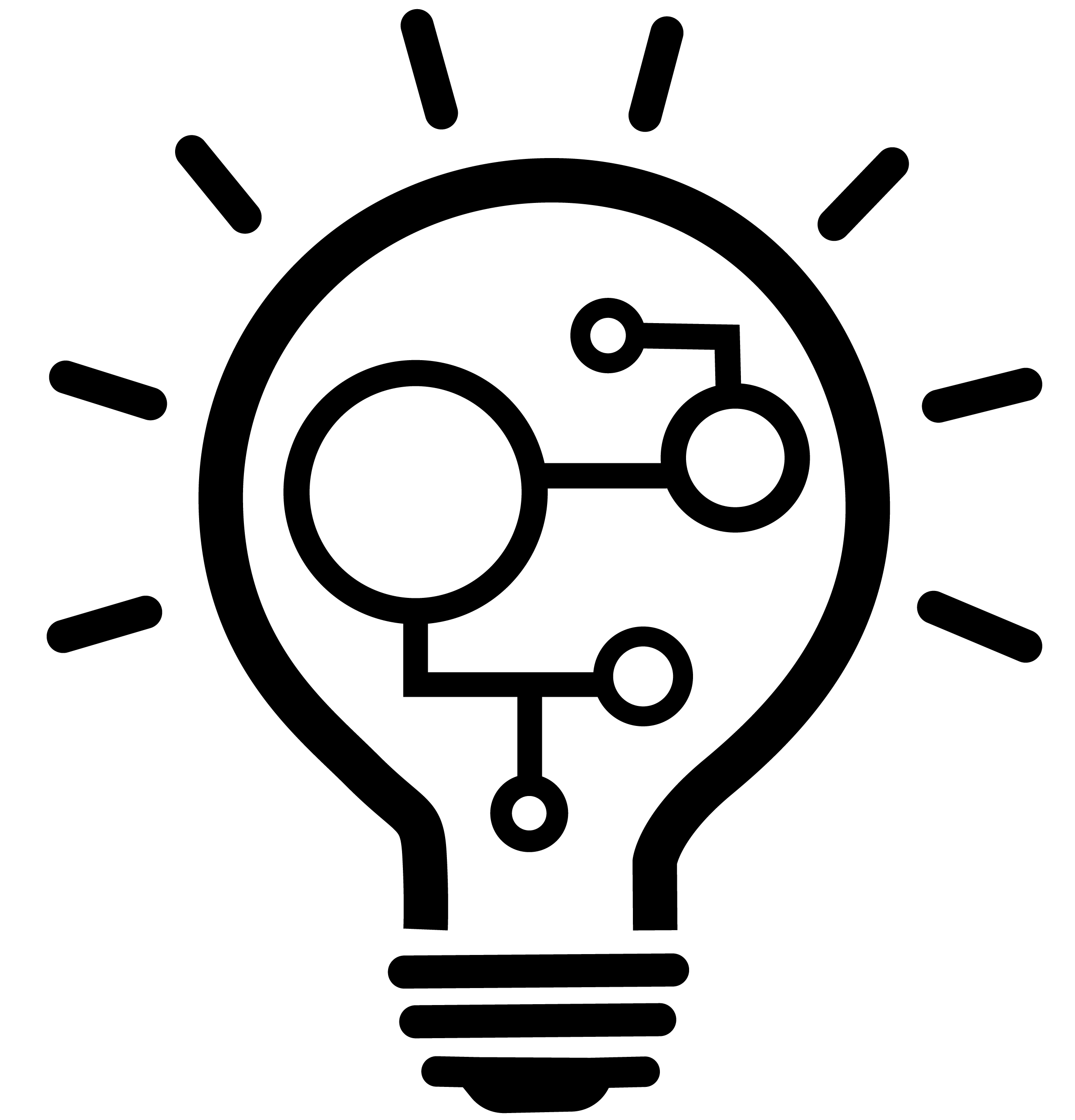Synopsis

This non-intrustive mapping technology deploys multiple sensors and AI – an approach akin to combining an MRI, a CT scan and an Ultrasound – to provide a 3D mapping of buried assets. Building a clear picture from complex data provides stakeholders the critical information they need to help prevent damages.
- Exodigo’s non-intrusive subsurface mapping leverages multi-sensing, artificial intelligence (AI), satellites, drones and carts to create digitally geolocated 3D maps of underground facilities that can be integrated into any existing software, including GIS, AutoCAD or BIM (Building Information Modeling).
- Exodigo’s AI analyzes signals detected from multiple sensors via satellites, drones and land carts to build a clear picture of subterranean environments, ultimately producing a geolocated file with multiple GNSS layers.
- Non-instrusive subsurface mapping is anticipated to produce better, faster maps of underground environments at scale. It can be used to achieve Quality Level (QL) B in SUE projects, and reduce the potholing necessary to get to QL-A. To date, potholing has been reduced up to 50% on projects located in Israel, and reduced by 70% in Exodigo’s first project in the U.S. In addition, that method finds 20-50% more utilities (abandoned and live), as it removes the human bias and live interpretation in the field. The AI software finds all lines in the area, reducing issues caused by abandoned lines.